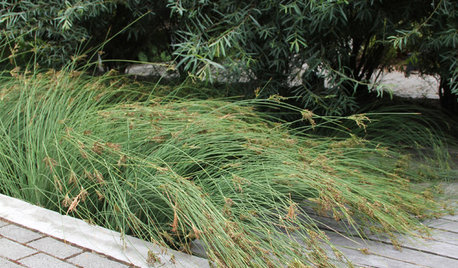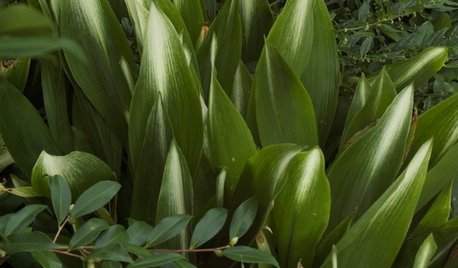Dirt contaminated with root suckers
katetrav8b
10 years ago
Related Stories

GARDENING GUIDES8 Materials for Raised Garden Beds
Get the dirt on classic and new options for raised vegetable and plant beds, to get the most from your year-round garden
Full Story
FARM YOUR YARDHow to Get Good Soil for Your Edible Garden
The nutrients in your soil feed the plants that feed you. Here are tips on getting it right — just in time for planting season
Full Story
GARDENING GUIDESProtect a Precious Resource With a Rain Garden
Promote pure water and a beautiful landscape with a garden design that makes the most of the rain
Full Story
GARDENING GUIDES10 Tips to Start a Garden — Can-Do Ideas for Beginners
Green up your landscape even if you're short on time, money and knowledge, with these manageable steps for first-time gardeners
Full Story
LANDSCAPE DESIGN7 Evergreen Wonders of the Plant World
Year-round interest, structure and beautiful color? These top-notch evergreens have gardens covered
Full Story
EDIBLE GARDENSSummer Crops: How to Grow Tomatoes
Plant tomato seedlings in spring for one of the best tastes of summer, fresh from your backyard
Full Story
SELLING YOUR HOUSEA Moving Diary: Lessons From Selling My Home
After 79 days of home cleaning, staging and — at last — selling, a mom comes away with a top must-do for her next abode
Full Story
EDIBLE GARDENSHow to Grow Your Own Sweet Summer Crops
This guide will help any gardener get started on growing the freshest warm-season veggies and berries for summer
Full Story
HOUSEPLANTS8 Essentials for Healthy Indoor Plants
Houseplants add so much to our homes — and can thrive when grown in the right conditions. Keep these tips in mind
Full Story
GARDENING GUIDESMake Sure You Read This Before Buying New Plants
Follow these 10 plant-selection tips to avoid buyer’s remorse
Full Story






jean001a
klem1
Related Professionals
Ballenger Creek Landscape Architects & Landscape Designers · Camas Landscape Architects & Landscape Designers · Mount Wilson Landscape Architects & Landscape Designers · Cupertino Landscape Contractors · Haverhill Landscape Contractors · Pikesville Landscape Contractors · Roswell Landscape Contractors · South Hackensack Landscape Contractors · Uxbridge Landscape Contractors · Welby Landscape Contractors · Carmel Decks, Patios & Outdoor Enclosures · Hull Decks, Patios & Outdoor Enclosures · Pittsburgh Decks, Patios & Outdoor Enclosures · Pittsburgh Decks, Patios & Outdoor Enclosures · Salisbury Decks, Patios & Outdoor Enclosuresmirendajean (Ireland)
katetrav8bOriginal Author
florauk
mirendajean (Ireland)
katetrav8bOriginal Author
oliveoyl3
gardengal48 (PNW Z8/9)
oliveoyl3
katetrav8bOriginal Author
florauk